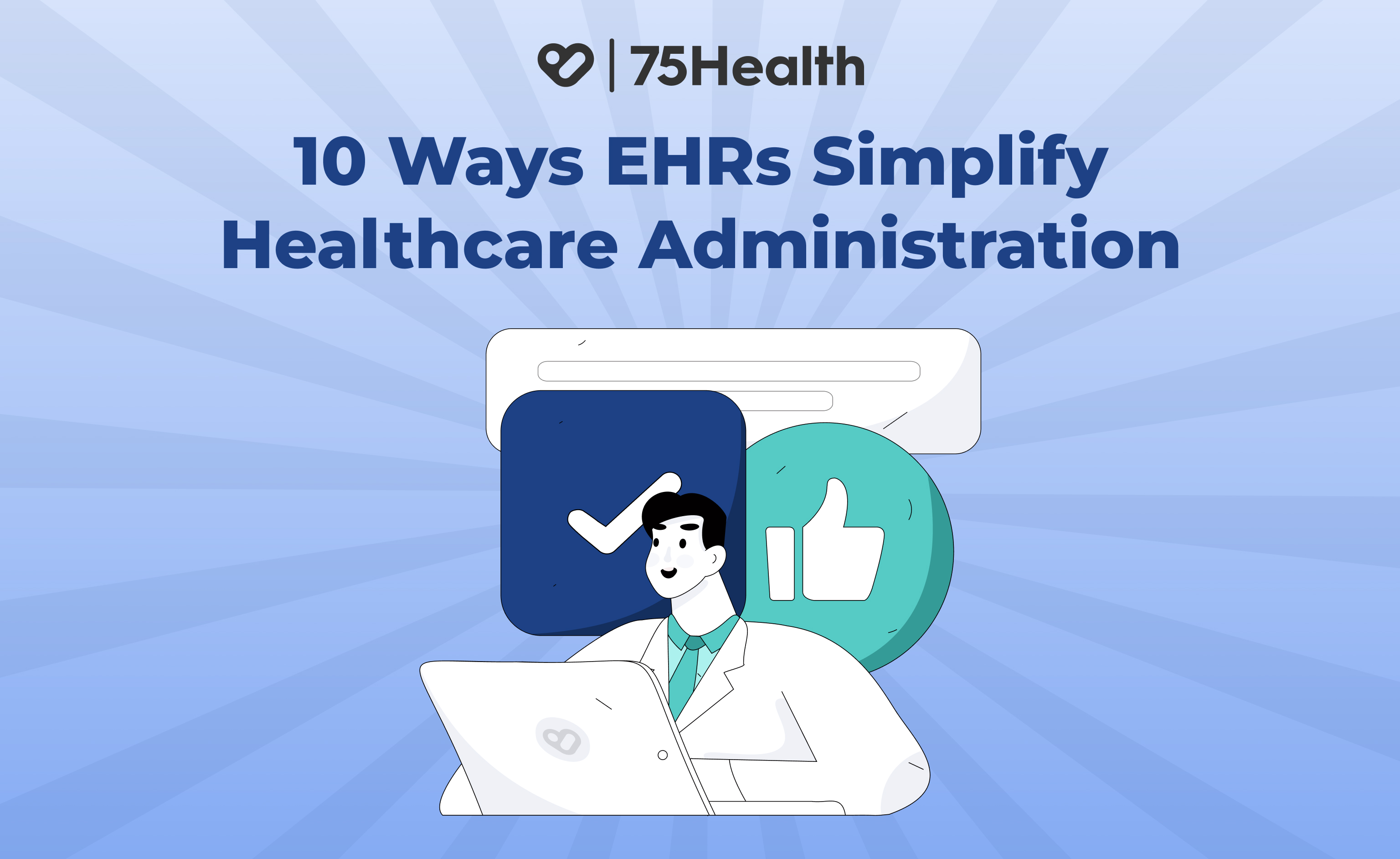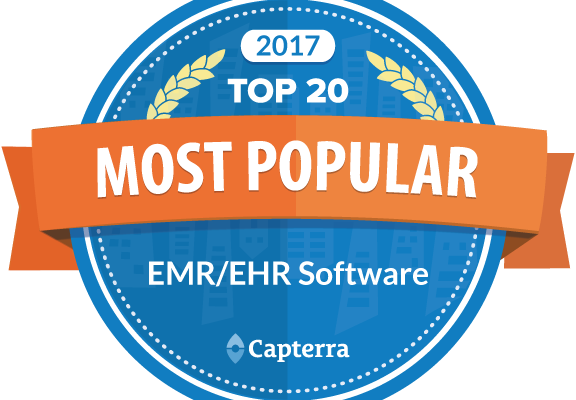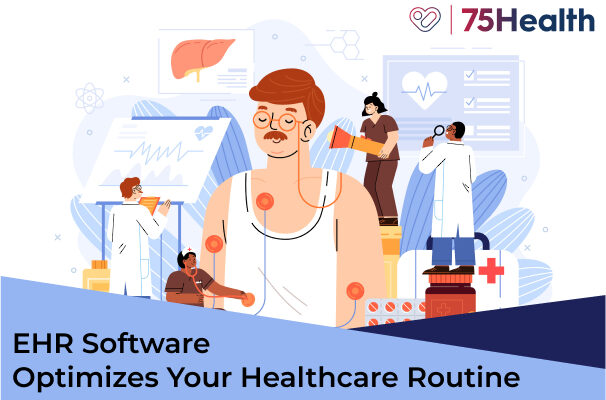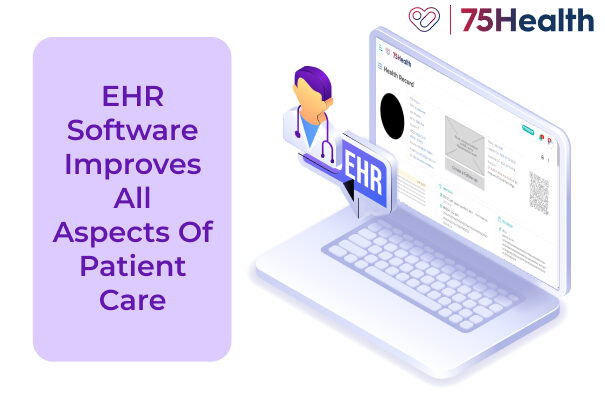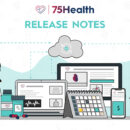EHR VS PHR
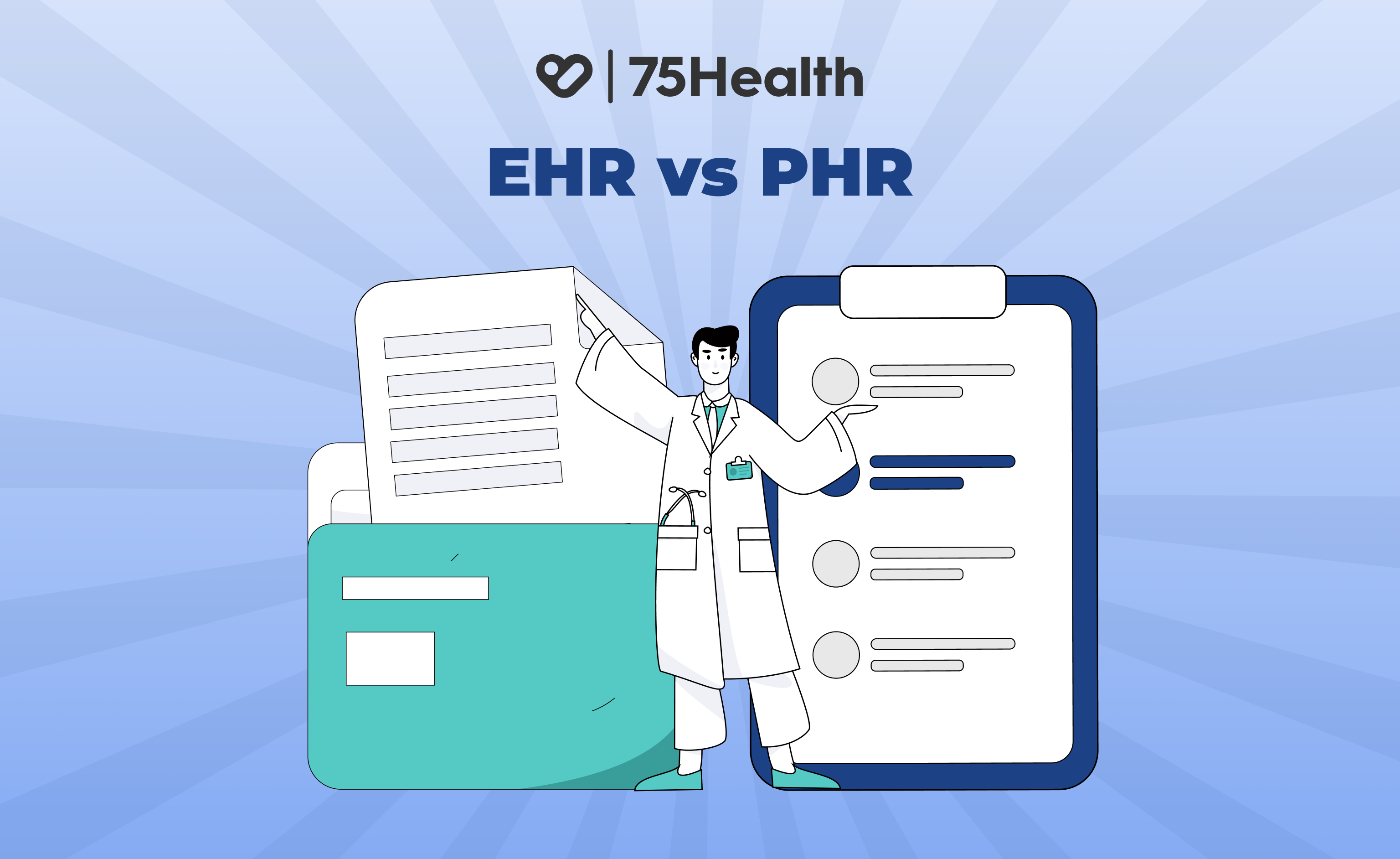
In today’s era of upleveled healthcare technology, two terms are becoming increasingly familiar: EHR (Electronic Health Record) and PHR (Personal Health Record).
Not only are these terms widely used, but their applications in the healthcare industry are also becoming more significant and transformative.
But here’s the catch: while they may sound similar, EHR and PHR serve very different purposes. Before adopting or using either, it’s important to understand what they mean, how they differ, and the benefits they bring to healthcare.
What is an EHR?
An Electronic Health Record (EHR) is a digital version of a patient’s medical chart, maintained and managed by healthcare providers such as hospitals, clinics, or doctors.
Key Features of EHR:
- Contains medical history, diagnoses, medications, lab results, allergies, and treatment plans.
- Primarily used by doctors, nurses, and healthcare organizations.
- Enhances communication among providers, ensuring seamless care coordination.
- Patients usually access part of their EHR via a patient portal.
Example: A hospital’s EHR system holds records for all patients it treats, allowing providers to track health data across visits and improve outcomes.
What is a PHR?
A Personal Health Record (PHR) is owned and managed by the patient. It’s a digital collection of health information that the individual maintains for personal use and reference.
Key Features of PHR:
- Includes immunizations, medications, allergies, doctor visit notes, lifestyle data, and lab reports.
- Patients decide what to include and who can access it.
- Empowers patients to actively engage in their own health management.
- Can integrate data from different hospitals, clinics, and wearable devices.
Example: A patient’s PHR may contain lab results from Hospital A, prescriptions from Doctor B, and vaccination history from Clinic C—all in one place.
Before wrapping up, here’s the simplest way to remember:
- EHR = Organization-centered → One healthcare system, many patient records.
- PHR = Patient-centered → One patient record, information from many providers.
Conclusion:
Both EHR and PHR play vital roles in today’s healthcare ecosystem. While EHRs help providers deliver better, safer, and more coordinated care, PHRs empower patients to take charge of their own health journey.
In the end, the most effective healthcare system combines EHR and PHR. This ensures information flows between patients and doctors to improve outcomes.
